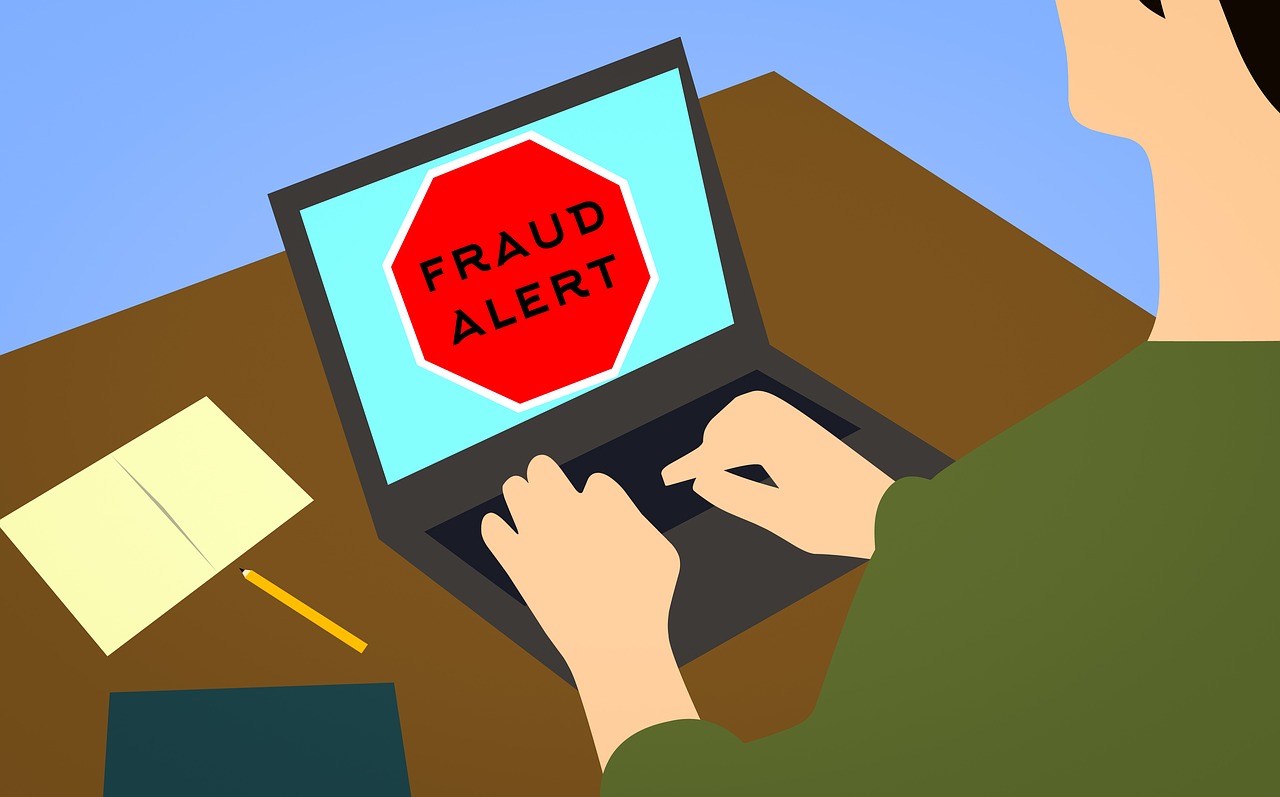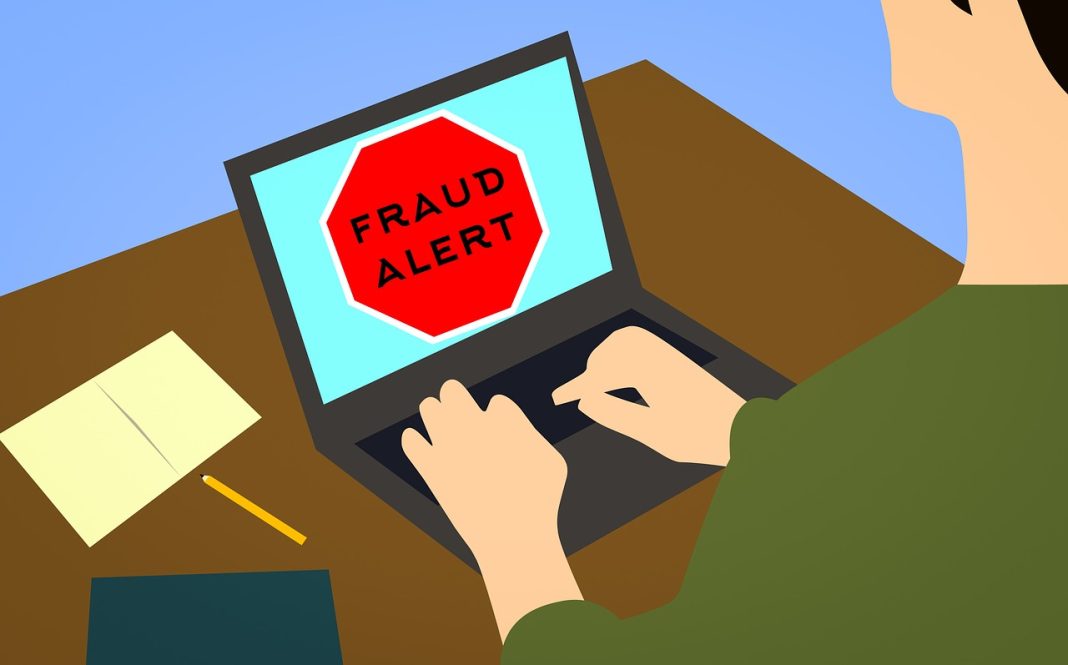 Common Online Payment Fraud Tactics
Common Online Payment Fraud Tactics
Online payment fraud has become a pervasive issue in the digital age. With the rise of online shopping and banking, criminals have found new and more effective ways to deceive both consumers and businesses. Today, cybercrime is so widespread that it’s almost impossible to avoid. However, there are steps you can take to minimize your risk and thwart attacks before they cause significant damage. It all starts with understanding the common tactics used by fraudsters.
1. Phishing: Phishing is the most prevalent form of online scam, accounting for over half of all criminal internet activity. This tactic is popular because it is easy to execute and incredibly effective. Phishers impersonate someone else to trick you into divulging sensitive information or clicking on malicious links. They might pose as a familiar store, sending you a fake coupon that installs a virus when clicked. Alternatively, they could pretend to be a friend and request personal details that they can later use to bypass your security questions. Phishers rely on your trust and exploit it for their gain. While phishing attacks often occur via email, they can also happen through text messages or phone calls. These scams can be challenging to detect nowadays, as scammers use artificial intelligence (AI) to create more convincing messages.
2. Identity Theft: Identity theft is another prevalent form of fraud. It involves someone impersonating you after obtaining your personal information. This information can include your name, Social Security number, social media profiles, or anything else that allows them to open accounts or spend money in your name. While identity theft predates the internet, it has become easier for cybercriminals due to increased connectivity. They can easily access stolen information from previous data breaches and use it to gain unauthorized access to your accounts. This technique is known as credential stuffing. It’s estimated that there are over 9.9 billion leaked passwords in hacking databases, meaning that most individuals likely have compromised credentials.
3. Card Skimming: Card skimming is a recent evolution in payment fraud. Traditionally, these attacks would occur at ATMs or gas stations, where physical devices installed on credit card readers would collect card information. However, criminals have now adapted to the digital realm and use digital skimmers to target online shops. E-commerce card skimming is more challenging to execute but not impossible. Hackers can insert malicious scripts into a website’s code without detection. As a customer, it is often difficult to spot such attacks until it’s too late.
4. Marketplace Fraud: Marketplace fraud is a less sophisticated but still prevalent form of payment fraud. It involves fraudulent transactions on web marketplaces, such as selling counterfeit goods or failing to deliver products after a sale. Some online stores take responsibility for these scams and provide refunds to victims, while others adopt a “buy at your own risk” approach. With the rise of peer-to-peer e-commerce, this type of fraud has skyrocketed. Research suggests that as many as 34 percent of all Facebook Marketplace listings are scams.
5. Business Email Compromise (BEC): Unlike other online payment fraud tactics that primarily target personal accounts, BEC focuses on businesses. In a BEC attack, cybercriminals gain unauthorized access to an official email account belonging to a high-ranking employee. They then use this account to request unauthorized transactions or the transfer of sensitive information outside the organization. BEC attacks often start with phishing, but hackers can also use other methods to breach accounts. These attacks can be convincing because they originate from a legitimate email address. Between 2016 and 2022, U.S. businesses lost over $13 billion to BEC scams.
Protecting Against Online Payment Fraud
While online payment fraud poses a significant threat, there are steps you can take to protect yourself and reduce the risk of falling victim to these scams. Here are seven essential measures you should implement:
1. Learn the Telltale Signs of Fraud: Familiarize yourself with the signs of fraud to avoid falling victim. Look out for unusual urgency, unexpected invoices, spelling errors, or strange-looking email addresses. Fraudulent seller accounts on online marketplaces often lack a history, have few reviews, and feature vague product descriptions. Remember that the government will never ask for money through anything other than the mail, and legitimate brands will have customer service lines you can contact.
2. Implement Strong Authentication Measures: Use strong passwords for all your accounts, with a minimum of 12 characters and a combination of numbers and letters. Avoid using passwords that are related to your personal life or interests. It’s crucial to use a different password for each account to prevent credential stuffing. Additionally, enable multi-factor authentication (MFA) whenever possible. MFA requires a one-time code to access an account, even if the password is compromised. Biometrics, like face recognition, can also enhance security, but MFA is still necessary to prevent spoofing.
3. Use Secure Payment Methods: Pay attention to the payment methods you use when making purchases online. Look for websites with URLs that begin with “https,” indicating that the URL is encrypted, making card skimming less likely. Utilize secure payment apps like PayPal and Apple Pay that hide your card details. Credit cards are generally more secure than debit cards. Beware of websites that only accept cryptocurrency, as it is a preferred method for cybercriminals.
4. Monitor for and Report Suspicious Activity: Regularly check your bank statements, credit reports, and online profile activity for any signs of unauthorized activity. If you notice anything suspicious, contact your bank or credit bureau immediately to freeze your accounts or credit. Change passwords for compromised internet accounts and inform anyone who may have received messages from the hacker. Report incidents of fraud to the appropriate agencies, such as the Federal Trade Commission or a website’s customer service.
5. Rethink What You Post Online: Be cautious about the information you share online. Avoid posting details that you wouldn’t want strangers to know, as criminals can use this information to impersonate you. Remember that nothing is truly private on the internet, and even seemingly innocuous information can be exploited.
6. Trust Nothing and Verify Everything: Adopt a zero-trust philosophy when it comes to online communication. Verify the authenticity of emails, messages, or requests before taking any action. Check the sender’s email address and compare it to previous legitimate messages. Cross-reference with official websites for contact information. If something seems suspicious or doesn’t add up, reach out to the company or individual through an alternate method to verify the request’s legitimacy.
7. Stay Up to Date With Fraud Trends: Online payment fraud tactics are continually evolving, so it’s essential to stay informed about the latest trends. Subscribe to security publications and stay updated on emerging attack methods. By staying informed, you can better protect yourself and adapt your security measures accordingly.
In conclusion, online payment fraud is a persistent problem in today’s digital landscape. However, by understanding common fraud tactics and implementing essential security measures, you can significantly reduce your risk of falling victim to these scams. Stay vigilant, educate yourself about fraud trends, and take proactive steps to protect your personal and financial information. With the right precautions, you can navigate the digital world with confidence.


